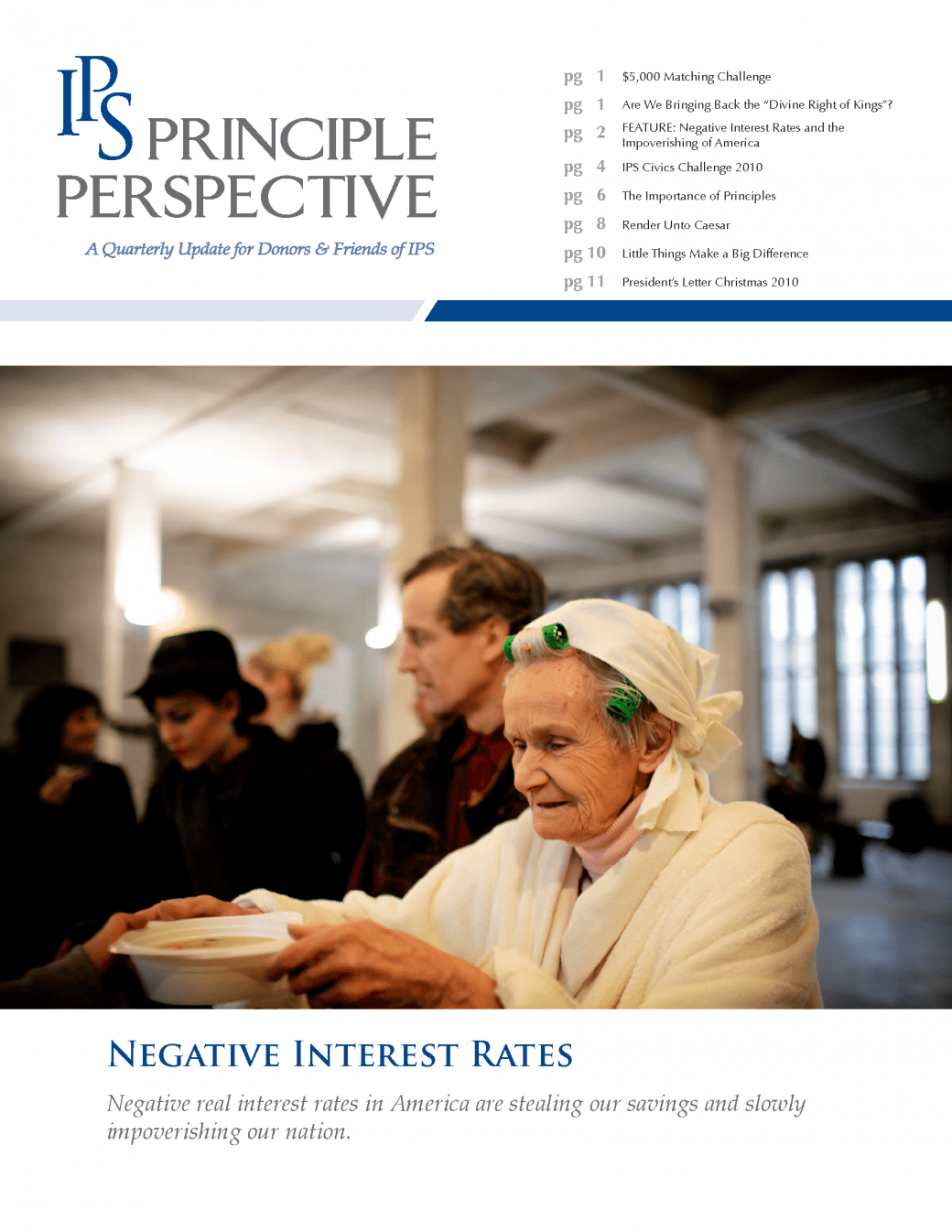Negative Interest Rates
If you have seen bank advertisements for CD rates, or if you have called your local bank or broker lately, you know that interest rates are abysmal. As I write this, Ally Bank is touting their 2-year certificate of deposit at a rate of 1.78%—I guess that is supposed to be a good deal these days.
More important than interest rates on deposits, however, is something called the real interest rate. This is the interest rate after considering rising prices. Price increases are usually measured by the government with a statistic called the Consumer Price Index (CPI). The real interest rate subtracts the CPI (or other measure of rising prices) from the actual interest rate. So if a bank gives me 1.5% interest on a 1-year CD and prices go up by 3% during that time, I have a real interest rate of -1.5% (that is a negative 1.5%).
Many economists believe (and I concur) that the CPI significantly understates the real rate of price increases in America. In fact, it is designed to do so. But even with the government’s low CPI numbers, interest rates are still negative. Depending on whose numbers you believe, the real interest rate in America is somewhere between -1.25% and -7.00%.
Don’t forget that savers pay income tax on interest earned regardless of whether real interest rates are positive or negative. The result is that many Americans are paying income tax on a negative
real interest rate! This discourages savings and investment, but even worse, it steals from our citizens.
Negative real interest rates hurt all savers, but these rates are especially damaging to the elderly and those on fixed incomes.
Read our entire in depth analysis by clicking the link below:
You will have access to the feature article in addition to topical articles
View Full Issue
